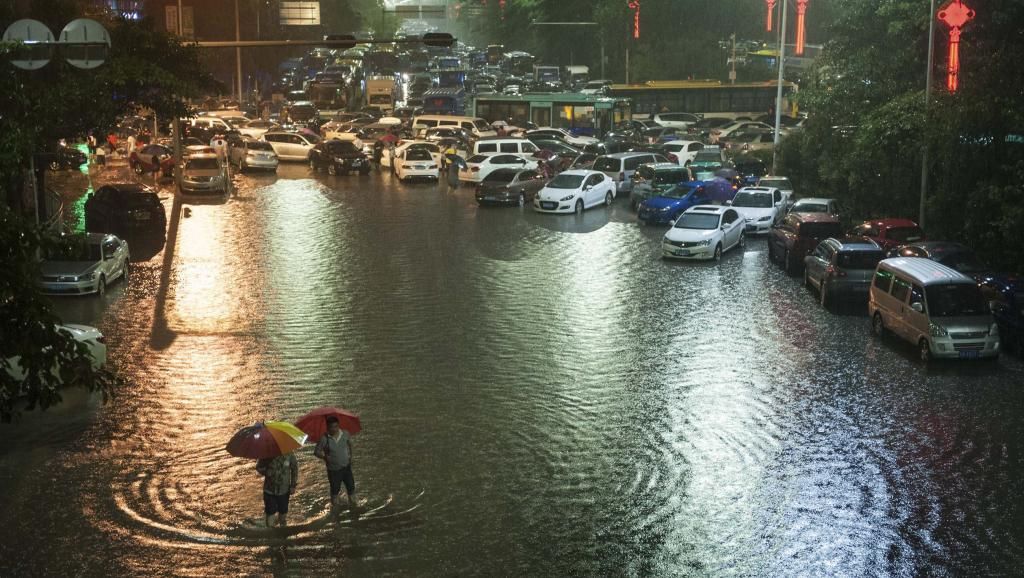Sea levels and temperatures in China are rising faster than the global average, a recent report claims.
Sea levels along China’s coast have risen an average of 2.9 millimeters each year from 1980 and 2012, while temperatures have increased from 0.9 to 1.5 degrees Celsius since 1909. The report concludes that temperatures will continue to rise in China anywhere from 1.5 to as much as 5 degrees Celsius by 2100.
These numbers are consistent with the State Oceanic Administration (SOA) which, in 2013, raised concerns about the accelerated rate of Chinese sea levels that are threatening millions of coastal residents. SOA places much of the blame on China’s dangerously high pollution levels. According to Liu Kexiu of the National Marine Data and Information Service, “The rising temperatures from increasing greenhouse gas emissions and the land subsidence nationwide led to the high seas.”
Created over three years, and including the work of 500 scientists from 20 Chinese authoritative bodies, the report was first presented at the COP21 Paris Climate Change Conference.
In addition to temperature statistics, the report claims that glaciers in western China have retreated by 10 percent since the 1970s. Just last May, a 20 kilometer-long glacier in Xinjiang collapsed, crushing dozens of homes and damaging 1,000 hectares of grassland, an incident the Chinese Academy of Sciences attributed to climate change.
Late last year, the New York Times reported that China has been severely under-reporting its coal use by several million tons every year, drawing into question the legitimacy of attempts made by the country to curb air pollution, an issue Beijing recently pledged 2.5 billion yuan to address.
Although rising sea levels are expected to wreak havoc in coastal cities around the world, the city predicted to incur the highest annual costs due to flooding by 2050 is China’s own Guangzhou at $13.2 billion, reports the Washington Post. As a percentage of GDP, Guangzhou is predicted to suffer more damage as a result of climate change than any other city in the world, with Shenzhen and Tianjin not far behind.


